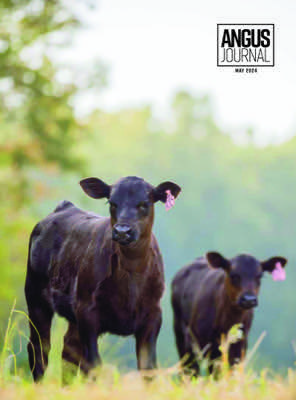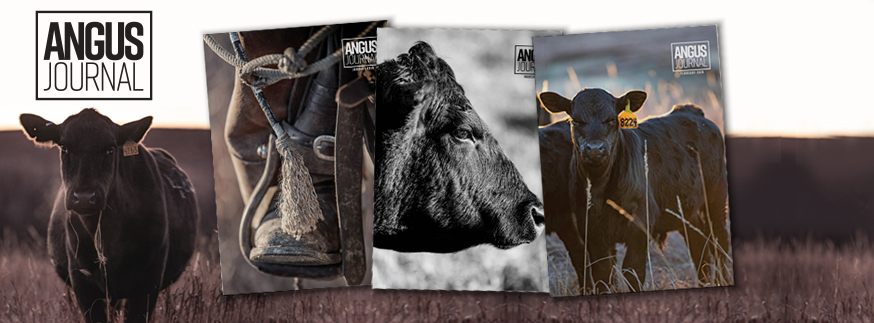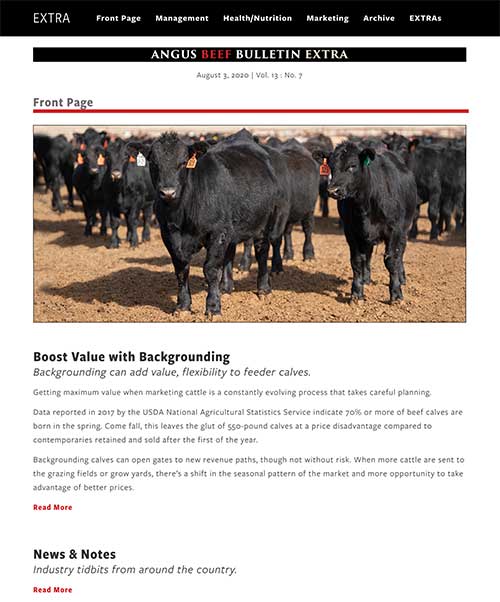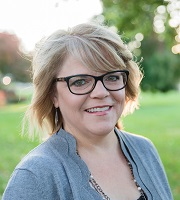A need to go further
Corah looks at how the market has responded since the COVID-19 pandemic.
“I think when that hit, most all economists and most of us in the industry expected that maybe the demand for quality or premium products might dwindle as consumers got conservative with money,” Corah says. “Actually, during that period of time, going back to March of 2020 to where we’re at today, it’s been just the opposite.”
Ten years ago, when the cattle industry was producing 3% to 4% Prime, premiums were $10 to as high as $15 per hundredweight (cwt.).
“Today we’re at 8% to 10% Prime, and yet the premiums in many of these grids have increased,” Corah says. “Somebody told me the average was like $22 to $24 last year, and we had windows in there where it hit $30 and $32 per hundredweight of carcass. That’s an incredible value, and I don’t think any of us see that changing or going back.”
The industry finds itself within a perfect storm, where consumers are making increasing demands on the product they are buying and are increasingly willing to vote with their dollars based on those preferences.
Tools for targeting
“The [American] Angus Association has tools that can help the producer create those kinds of products and economically benefit from it,” Corah says.
He draws ties between the white-paper discussion and a presentation on future grading changes by Bucky Gwartney, USDA Agricultural Marketing Service (AMS), at the 2023 Feeding Quality Forum.
“Bucky pointed out that they’re going to break the Prime down and start teaching graders to be able to differentiate the three different levels of Prime, just like we did to the three different levels of Choice,” Corah says. “I think what that’s going to lead to is you’re going to see packers, and you’re probably going to see brands, evolve where they’re going to have Prime plus, which will be the upper two-thirds of the Prime grade.”
The challenge for producers from the cow-calf rancher to the feeder when chasing Prime and Certified Angus Beef® (CAB®) acceptance is ensuring they capture value on investments they made. With so many black-hided cattle in the market, data-based expected progeny differences (EPDs) and marketing tools are a more consistent and reliable measuring stick than hide color alone.
Smaller yards, those with 20,000 head or fewer, may be more consistent about using these tools, says Shawn Walter, CattleFax data operations manager.
“Those (smaller yards) tend to be more interested in being part of the different value-based programs and also focusing on genetics when buying feeder cattle, and we’ll spend that time and effort,” Walter says. “Also, we are willing to measure that result and go back and look at it, as opposed to a huge volume operation.”
However, in the past decade larger feeders have started shifting their emphasis, he notes.
“Maybe because they were never able to measure, they have ended up falling back into the mindset of buying volume, buying cheaper cattle and making them work,” Walter explains.
He attributes a smaller overall U.S. cow herd in recent years as another factor for larger feedyards moving away from buying cattle with objectively higher genetic merit.
“As more cattle become available again, you can be pickier about the cattle that you buy,” Walter says. “Then maybe that’s where you’ll see more widespread interest in that.”
At the same time, he sees the potential of programs like AngusLinkSM to help these breeders compete now.
Still a balance
Considering the feedyard closeout data he collects, Walter reminds producers to be just as diligent with the management and selection for hardy cattle that still feed well as they select for quality.
Schiefelbein echoes this, encouraging balanced-trait selection while pursuing carcass traits like marbling.
“Carcass traits are important, but feed efficiency is still as important, if not more,” Schiefelbein says.
In his family’s operation, they often buy back cattle to feed, and he finds the feedlot performance score on a Genetic Merit ScorecardSM to be of the most value. They often pay more for cattle up front and make their profit in the feedlot. Again, allocation of premiums for high-quality-grading cattle is not a perfect system.
Corah reminds cattlemen of the heritability of marbling and that they do have a variety of options, so they can find what works best for them.
“Marbling is one of the unique traits that is very independent of any other trait,” he says. “In other words, you can select for growth and marbling. You can select for maternal traits and marbling. To me, the practical messaging for the beef industry is, quality is the phenomenon that we’re in right now. It has economic value. As a cow-calf producer, you need to focus on that, and Angus genetics are the best genetics in the industry to get at that.”
More to the story
Corah recommends producers comb through the paper (follow links under “Digital EXTRAs”).
“There’s just a ton of really, really good data in there,” he says. “It goes all the way from genetic trends to marketing trends to talk about the impact of the CAB program on economic value of Angus cattle and black-hided cattle and that type of thing. It’s creating awareness of the value of genetics and the potential of the Genetic Merit Scorecard as a way of enhancing value.”
This story was originally published in the October 2023 edition of the Angus Beef Bulletin®.
Digital EXTRAs











